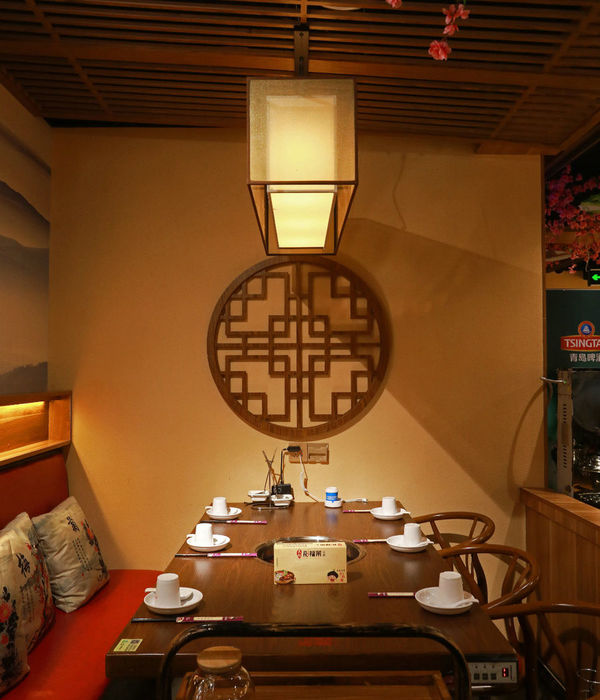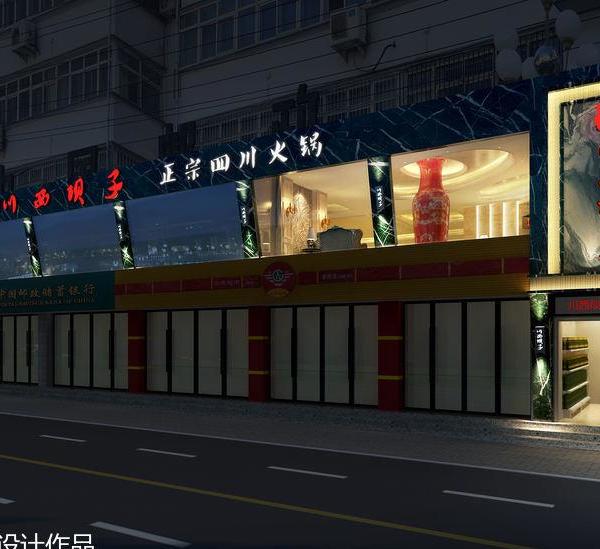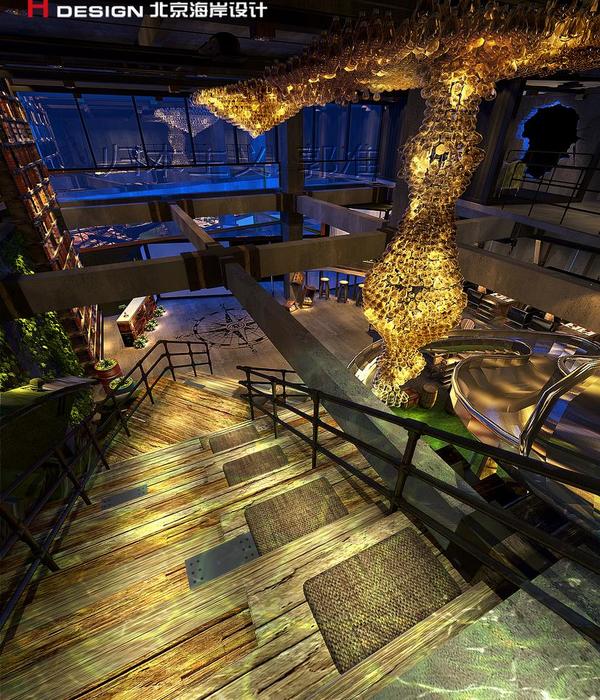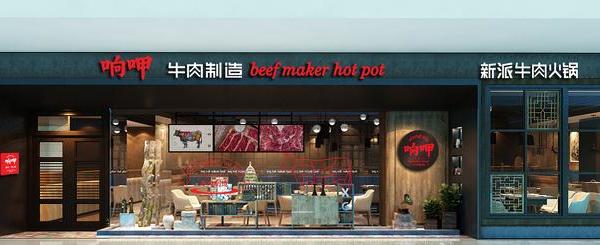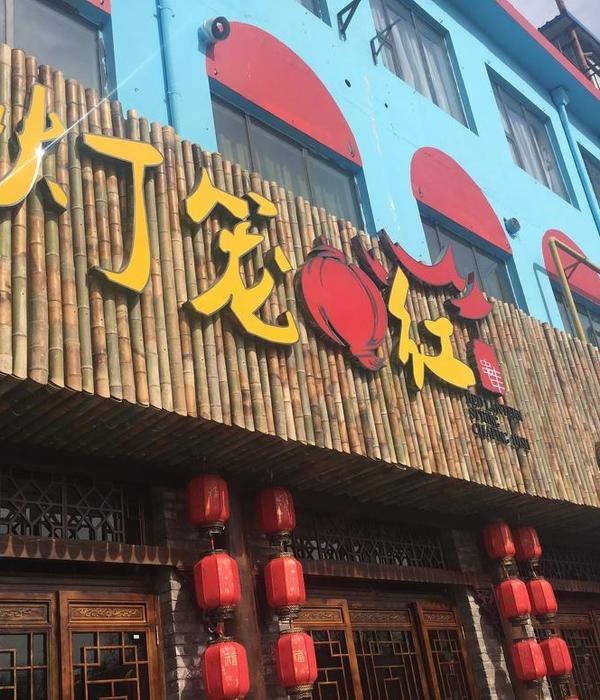Architects:KPFArea: 160722 m²Year: 2020
Photographs: Raimund Koch, Liane Curtis, Donna Dotan, Sam Morgan, Peter Walker, Atchain
Acoustical Consultant: Cerami & Associates
MEP Engineer: Jaros Baum & Bolles
Structural Engineer: Severud Associates
Construction Manager: Tishman Construction Corporation
Lighting Consultant: Tillotson, Tillotson Design Associates
Vertical Transport: VDA
Environmental Consultant: WCD Group/Emteque LLC, WCD Group, Emteque LLC
Chairman: A. Eugene Kohn
President And Design Principal: James von Klemperer, James von Klemperer
Managing Principal: Dominic Dunn
Design Principal: Jeffrey Kenoff
Managing Director: Andrew Cleary
Senior Designer: Darina Zlateva
Job Captain: Nicole McGlinn-Morrison
Kohn Pedersen Fox Project Team And Contributors: Charles Ippolito, Trent Tesch, Rachel Villalta, Katsunori Shigemi, Alessandro Boccacci, Steven Smolyn, Rebecca Kent, Matthew Acer, Christopher Allen, Laura Austin, Theodore Carpinelli, Gera Feigon, Javier Galindo, Anton Gladden, Susan Green, Younhak Jeong, Algis Kalvaitis, Jerrod Kennard, Soroush Khajegi, Kiyong Lee, Mark Long, Meghan Malone, Stephen Martinez, Meg Mayell, Joseph Michael, Brandon Mut, Muchan Park, Jennifer Pehr, Burgess Rice, Stephanie Rogowski, Ian Siegel, Maxwell Strauss, Justin Whiteford, Lucien Wilson, Xin Zhang
Eastside Access: AECOM
Steel Consultant: Bramco Plus LLC
Code Consultant: Code Consultants Professional Engineers
Façade Maintenance: C.S Caulkins Co. Inc., C.S Caulkins Co. Inc.
Well Building Consultant: Delos
Special Inspection Demolition: Domani Inspection Service Inc., Domani Inspection Service Inc.
Programming & Interior Architect: Gensler
Landmark Consultant: Higgins & Quasebarth, Higgins & Quasebarth
Development Manager: Hines
Demolition Engineer: Howard I. Shapiro & Associates
Security Engineer: HMA Consulting
Building Envelope Consultant: Israel Berger & Associates
Community Outreach: Kasirer Consulting, Kasirer Consulting
Geotechnical/Civil Engineers: Langan
Expeditor: Milrose Consultants, Milrose Consultants
Signage Consultant: Pentagram
Wind/Snow/Ice Consultant: Rowan Williams Davies & Irwin, Rowan Williams Davies & Irwin
Preservation Engineer: Silman
Mta/Nycta Consultant: Stantec
Security Consultant: Stone Engineering
Threat Assessment: T&M Protection Resources
Leed/Energy: Vidaris/Viridian Energy & Environmental, Vidaris, Viridian Energy & Environmental LLC
Vibration Monitoring: Waldorf Demolition
Stone Consultant: Wiss, Janney, Elstner Associates
Construction Consultant: Lovett Silverman
Construction Engineering Consultant: Thornton Tomasetti, Thornton Tomaietti
Other Consultants: Department of City Planning, MTA Metro-North Railroad, MTA Real Estate
Client: SL Green Realty Corporation
City: New York
Country: United States
The first tower completed as part of New York City’s East Midtown Rezoning, and with a direct connection to its metro and regional transit system, One Vanderbilt symbolizes the city’s resilience and looks to the future of its central business district with a number of public realm benefits, carefully crafted materiality, and a tapered form that establishes a striking skyline presence.
Reaching 1,401 feet (427 meters) in height, One Vanderbilt is the tallest office tower in Midtown Manhattan, and transforms the civic experience of the Grand Central district, layering its architectural language and skillfully meeting market demands for cutting-edge, contemporary office space.Expected to achieve LEED and WELL certifications, One Vanderbilt offers 1.7 million square feet of Class-A office space, featuring column-free expanses and stunning views through floor-to-ceiling windows. A 30,000 square-foot amenity floor with outdoor garden terraces, as well as world-class dining headed by esteemed, Michelin star-rated chef Daniel Boulud, will round out the building’s offerings.
Transit Connection and Public Realm Benefits
One Vanderbilt blends private enterprise and the public realm with its unique program. An integrated complex of below-grade conditions offers direct connections to Grand Central and an active, 14,000-square-foot pedestrian plaza on Vanderbilt Avenue. By 2022, the tower will also fully integrate the new plan for East Side Access, which extends Long Island Rail Road (LIRR) service to Grand Central. Filling an entire city block between 42nd and 43rd Streets along Madison and Vanderbilt Avenues, the tower is part of the spatial sequence of the terminal and a doorstep to the city, greeting thousands of commuters daily.
Early in the design phase, the team engaged KPFui to study different massing options to enhance pedestrian flow throughout the public spaces in and around the building. The team created custom evaluation tools and used data analytics to reconcile competing objectives and facilitate the design of the tower. The resulting design prioritizes movement and allows more daylight to street level than the building on site previously, despite its larger size.
Materiality – Interior and Exterior
In acknowledgement of the building’s historic neighbor, Grand Central Terminal, the One Vanderbilt design team chose terracotta – an organic material akin to Grand Central’s masonry construction and famed Gustavino tiles – for the building’s lobby ceiling and fluted spandrels, which line the rising glass façade with natural, luminous texture and echo the color palette of the nearby station.
Over the course of five years, the design team collaborated closely with Studio Christine Jetten to create a glaze that is contextual in nature yet modern enough to stand on its own. As a live material, terracotta exhibits variations in each batch, posing a significant challenge in determining an appropriate finish for its use on One Vanderbilt. Working with Boston Valley Terra Cotta, a series of mockups were field tested in real world conditions, which combined a number of shapes and glazes to create a design sympathetic to the warm tones of the train hall and other historic Manhattan buildings. Rising the full height of the supertall building, One Vanderbilt’s terracotta panels are shaped as gentle scoops and rendered in a luminescent pearl tone. Taken as a whole, they present a visual uniformity that establishes One Vanderbilt as a new landmark in New York City.
The focal point of One Vanderbilt’s lobby is a large-scale KPF-designed installation. Comprised of a variety of bronze elements arranged in a starburst-like spread, the instillation is suspended on a series of integrated high-tension cables. Furthering the concept of materiality in the tower, each element is hand-textured, hand-polished, and features chamfered edges for additional depth. These pieces each have a unique shape, position, and rotation and are carefully lit to highlight their organic and varied effect.
Massing and Skyline Presence
Following the layered architectural language of neighboring New York City icons, One Vanderbilt joins the Chrysler Building and Empire State Building to define the city’s renowned skyline. Formally, One Vanderbilt’s massing comprises four interlocking and tapering volumes that spiral toward the sky, an elegant shape in sympathetic proportion to these iconic neighbors. At the tower’s base, a series of angled cuts organize a visual procession to Grand Central. They reveal the Vanderbilt corner of the terminal’s magnificent cornice – a view that has been obstructed for nearly a century.
One Vanderbilt Design Team Comments One Vanderbilt “The One Vanderbilt tower recalls the golden age of New York high rise architecture,” says KPF President and Design Principal James von Klemperer. “As a rectangular plan tapered point tower, its prominent top joins the Empire State and Chrysler buildings on the skyline. At the same time, the design gives the high rise a new relevance of social and environmental purpose. The new building connects both spatially and programmatically to Grand Central Terminal. It opens up a visual corridor at the ground plane and establishes a major public plaza, while providing direct access to the station from its lobby.”
von Klemperer adds, "we’re very happy that we’ve been able to create a commercial skyscraper that supports today’s critical agendas of building sustainably and enriching the public realm. Overall, the project has already proven to be a boost for East Midtown, leading the way for a progressive rejuvenation of Manhattan’s historical CBD."
"The materials of the building reinforce a Manhattan DNA," says Jeffrey Kenoff, KPF Design Principal. "The authenticity and quality of these details are not only critical to their relationship within the tower itself, but also to the neighboring buildings including Grand Central and the Chrysler Building. This includes the custom glazed terra-cotta facade and soffits, and the bronze podium framing, as well as the main lobby’s bronze "art wall" installation and hammered desk marking the arrival."
"As a new hub of Midtown, One Vanderbilt will facilitate GCT commuting patterns by providing additional direct access to all levels of below grade transit that feed or will feed into Grand Central in the future," says Dominic Dunn, KPF Managing Principal. "As its unique form enhances the experience of the New York skyline, so too does KPF’s design craft a ground plane experience that welcomes thousands of commuters, becoming a hallmark of transit-oriented design for our dense, bustling city."
"Maintaining the fast-tracked schedule to design and deliver One Vanderbilt was perhaps one of the biggest challenges," says Andrew Cleary, KPF Technical Director. "The fact that a project of this complexity has repeatedly achieved all the major construction milestones on time is a clear testament to the tight collaboration that the design and construction teams forged from the outset of the design process."
"I’ve always thought of One Vanderbilt as the humanist skyscraper," says Darina Zlateva, KPF Senior Designer. "The details throughout break down the scale of the building for the human experience and to the delight of the human eye. The tapered massing allows more light and air down to the street. In the spandrel, diagonally oriented terra cotta pieces lift your eye up to the sky. In the lobby, a suspended bronze art piece that we designed specifically for the space recalls the movement and rhythm of our beloved city. Finally, the lit structural tracery of the crown is a reinterpretation of the iconic diagonals in the Chrysler Building, now experienced volumetrically from all directions in the city."
Building on KPF’s City-Shaping Experience
One Vanderbilt joins KPF’s portfolio of impactful New York projects, including the firm’s ongoing work at Hudson Yards, which comprises the design of its master plan and numerous buildings – 10, 20, 30, and 55 Hudson Yards, as well as the newly-opened outdoor observation deck Edge.
It also joins KPF’s ongoing repositioning work in Manhattan, such as One Madison Avenue – another collaboration with SL Green and Hines – as well as 390 Madison Avenue, for which a surgical re-massing redistributes existing square footage in the form of eight new vertical stories, and Hudson Commons, which adds 17 stories above a renovated former warehouse to create state-of-the-art office space for tech tenants.
Together, these projects demonstrate the firm’s penchant for urban design and thoughtful integration of architecture with local infrastructure and zoning conditions.
▼项目更多图片
{{item.text_origin}}


